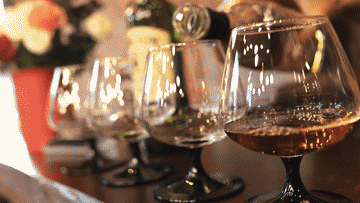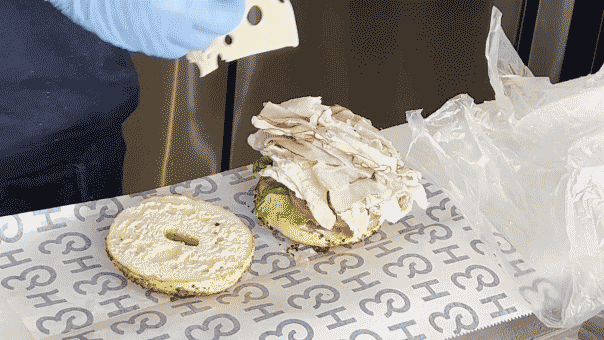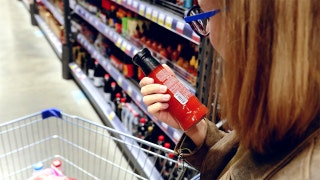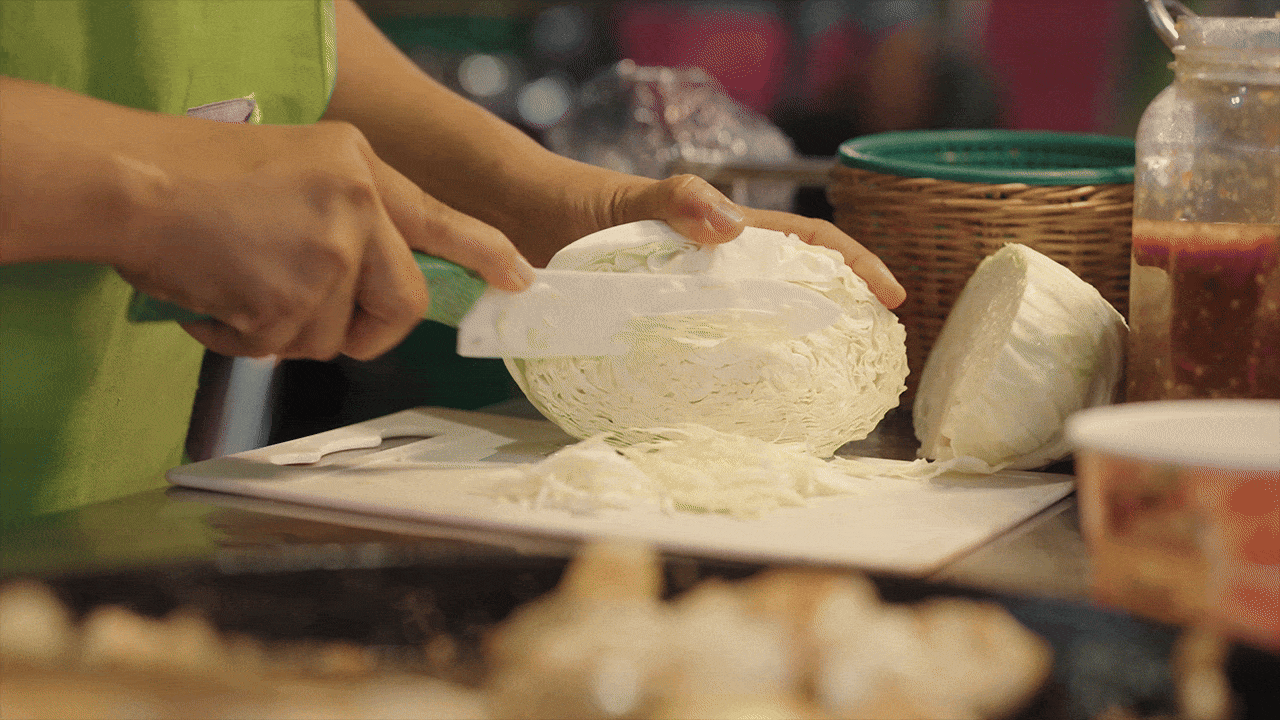
Double dippers really are leaving germs behind in the communal dip. (iStock)
If you’re anything like George Costanza in "Seinfeld," the double-dip is standard play at any Christmas party, work function or weekend barbecue. You take one chip, you dip and take a bite, then you dip the chip again. Because who wants a single dipped chip, right?
Well, according to new research out of Clemson University in South Carolina, you’re disgusting and putting others at a significant health risk. In other words, just take one dip and end it.
The practice of double-dipping is a contentious one. You have the Georges of the world on one side of the table who see no harm in going in for a second dip; then on the other side, you have team Timmy, who are strongly opposed to the double dip.
In an attempt to reveal the health perils of going in for a second serving of salsa, an undergraduate research team from the university conducted a series of experiments. Can the bacteria in your mouth make it onto the chip then into the dip? The answer is yes — your dip is dirty!
The students started with comparing bitten versus unbitten crackers. They looked at how much bacteria went from a cracker to a cup of water.
“We found about 1000 more bacteria per milliliter of water when crackers were bitten before dipping than solutions where unbitten crackers were dipped,” Professor Paul Dawson wrote in his article.
“In a second experiment, students tested bitten and unbitten crackers in water solutions with pH levels typical of food dips (pH levels of 4, 5 and 6, which are all toward the more acidic end of the pH scale).
“They tested for bacteria right after the bitten and unbitten crackers were dipped, then measured the solutions again two hours later. More acidic solutions tended to lower the bacterial numbers over time.”
So how did that experiment translate to real food combos — like corn chips and salsa, or strawberries and chocolate?
During the experiment, Professor Dawson and his team again tested the bacterial populations in the dip after being dunked with a bitten cracker, and an unbitten cracker. The dips were also tested two hours after being used.
“We found that in the absence of double-dipping, our foods had no detectable bacteria present,” he wrote.
“Once subjected to double-dipping, the salsa took on about five times more bacteria (1000 bacteria/ml of dip) from the bitten chip when compared to chocolate and cheese dips (150-200 bacteria/ml of dip).
“The lower viscosity (thickness) means that more of the dip touching the bitten cracker falls back into the dipping bowl rather than sticking to the cracker. And as it drops back into the communal container, it brings with it bacteria from the mouth of the double-dipper.
“It’s a combination of viscosity and acidity that will determine how much bacteria gets into the dip from double-dipping.”
So how dirty is our dip thanks to double-dippers?
“Anywhere from hundreds to thousands of different bacterial types and viruses live in the human oral cavity, most of which are harmless,” Professor Dawson wrote.
“But some aren’t so good. Pneumonic plague, tuberculosis, influenza virus, legionnaires’ disease and severe acute respiratory syndrome [SARS] are known to spread through saliva, with coughing and sneezing aerosolizing [turning into vapor] up to 1000 and 3600 bacterial cells per minute. These tiny germ-containing droplets from a cough or a sneeze can settle on surfaces such as desks and doorknobs. Germs can be spread when a person touches a contaminated surface and then touches their eyes, nose or mouth.
“That’s why the Centers for Disease Control and Prevention strongly recommend covering the mouth and nose when coughing and sneezing to prevent spreading.
“With that in mind, there may be a concern over the spread of oral bacteria from person to person thanks to double-dipping. And a person doesn’t have to be sick to pass on germs.”








































